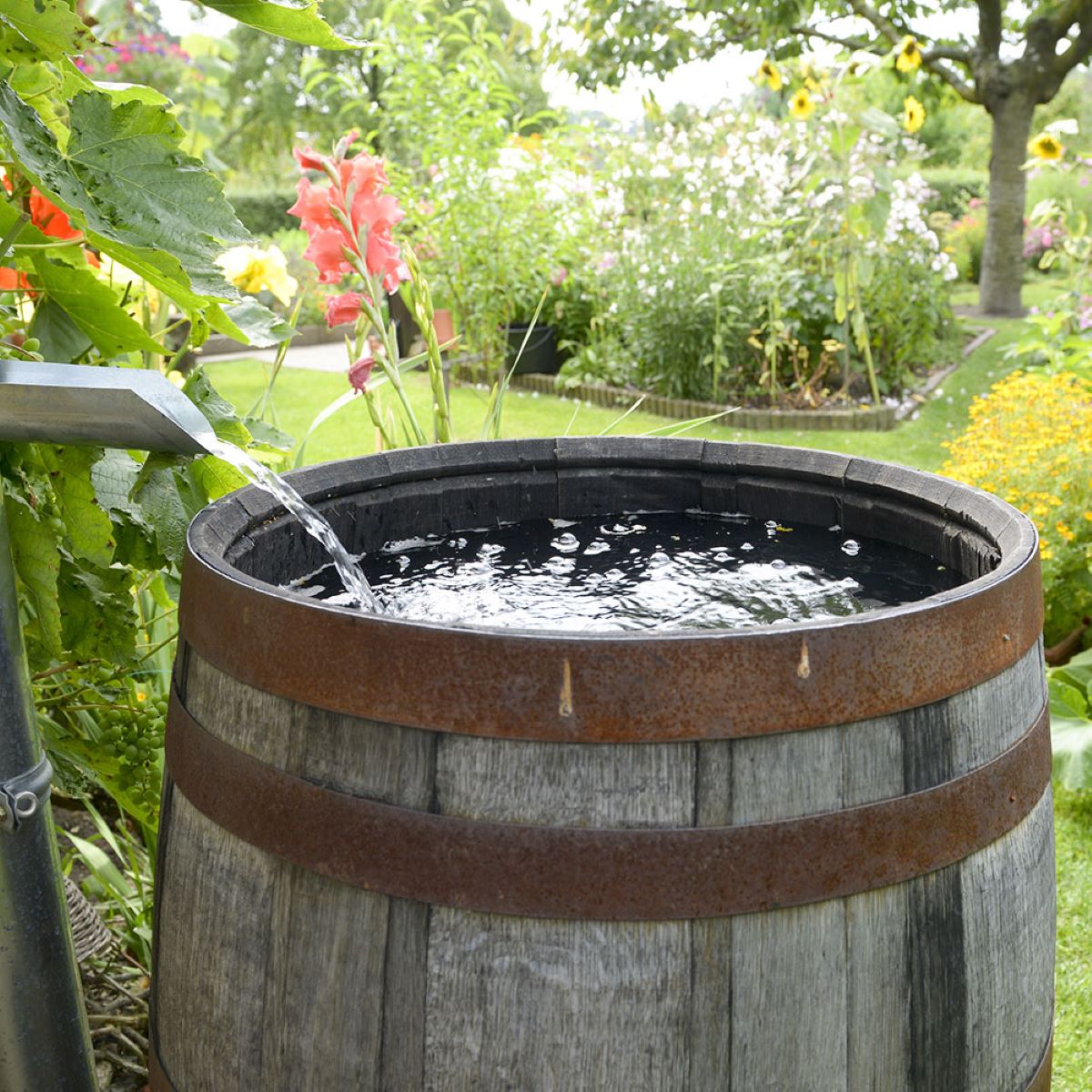

Articles
How To Store Water In Barrels
Modified: December 7, 2023
Looking for articles on how to store water in barrels? Find helpful tips and techniques to ensure your water storage is safe and efficient.
(Many of the links in this article redirect to a specific reviewed product. Your purchase of these products through affiliate links helps to generate commission for Storables.com, at no extra cost. Learn more)
Introduction
Welcome to our comprehensive guide on how to store water in barrels. Water is a vital resource that is essential for survival, and having a reliable water storage system is crucial for emergencies, natural disasters, or situations where access to clean water is limited. Storing water in barrels is a cost-effective and practical solution that can help you ensure a steady supply of safe drinking water when you need it most.
In this guide, we will walk you through the process of choosing the right water storage barrels, preparing them for water storage, and properly filling, securing, and storing the barrels. We will also discuss the importance of regularly rotating and maintaining your water supply to ensure its freshness and potability.
Whether you live in an area prone to droughts, face the risk of water contamination, or simply want to be prepared for emergencies, this guide will provide you with the knowledge and steps needed to store water effectively in barrels. Let’s get started!
Key Takeaways:
- Choosing the right water storage barrels, preparing them properly, and maintaining a regular rotation system are crucial for ensuring a reliable and safe water supply during emergencies or limited access situations.
- Storing water in barrels involves careful consideration of material, size, sealing, and proper maintenance to guarantee the freshness and potability of the water. Stay proactive, stay prepared, and stay hydrated!
Read more: How To Store Apples In A Barrel
Choosing the Right Water Storage Barrels
When it comes to choosing water storage barrels, there are several factors to consider. The type of barrel you select will depend on your specific needs, available space, and budget. Here are some key considerations to keep in mind:
- Material: Water storage barrels are typically made from food-grade plastic, such as high-density polyethylene (HDPE) or polypropylene. These materials are durable, BPA-free, and resistant to corrosion and UV rays. Avoid using barrels made from recycled plastic, as they may leach harmful chemicals into the water.
- Size: Water storage barrels come in various sizes, typically ranging from 15 to 55 gallons. Consider your water consumption needs and available space when selecting the size of your barrels. Larger barrels offer more storage capacity but may be harder to manage and move when full. Smaller barrels are more portable but have a limited water supply.
- Sealing: Look for barrels with a tight-fitting and secure lid or bung openings. This will prevent contaminants, insects, and debris from entering the barrel and keep the water safe and clean. Some barrels may also come with built-in spigots or faucets for easy water access.
- Stackability: If you have limited storage space, consider barrels that are designed to stack securely. Stackable barrels will optimize your storage area and allow for efficient use of vertical space.
- Accessories: Depending on your needs, you may want to invest in additional accessories such as water filters, siphon pumps, or water treatment tablets to further ensure the quality of your stored water.
- Cost: Compare prices from different vendors and consider the overall cost of the barrels, including any necessary accessories, delivery charges, or maintenance requirements. Remember that quality and durability should be prioritized over cost alone.
By considering these factors and doing your research, you can choose the right water storage barrels that best meet your needs and provide you with a reliable and safe water supply.
Preparing the Barrels for Water Storage
Before storing water in barrels, it is important to properly prepare them to ensure the water remains clean and safe for consumption. Follow these steps to prepare the barrels:
- Clean the Barrels: Thoroughly clean the barrels using a mild detergent and water. Rinse them multiple times to remove any residue or cleaning agents. Avoid using harsh chemicals or bleach, as they can leave behind harmful residues.
- Sanitize the Barrels: After cleaning, sanitize the barrels to eliminate any bacteria, viruses, or contaminants. One effective method is to mix a solution of one teaspoon of chlorine bleach per gallon of water. Fill the barrels with the solution and let them sit for at least 24 hours. Empty the solution and thoroughly rinse the barrels with clean water.
- Inspect for Damage: Check the barrels for any cracks, leaks, or damage. Damaged barrels should not be used for water storage, as they can compromise the integrity of the water and lead to contamination. Replace any damaged barrels before proceeding.
- Ensure Proper Ventilation: Make sure the barrels have proper ventilation to prevent the growth of mold or mildew. You can drill small holes near the top or use barrels with built-in vents. However, be cautious not to introduce sources of contamination through the ventilation openings.
By cleaning, sanitizing, and inspecting the barrels, you will create a clean and safe environment for storing water. It is essential to follow these steps to maintain the quality of your water supply and ensure that it remains potable for an extended period.
Filling the Barrels with Water
Once you have prepared the barrels, it’s time to fill them with water. Follow these steps to ensure a proper filling process:
- Use Clean Water: Always use clean, potable water to fill the barrels. If your tap water is not safe for consumption, consider using filtered or bottled water instead.
- Filtering the Water: If your water source is questionable or if you want an extra layer of protection, you can filter the water before filling the barrels. Use a water filtration system or portable water filters to remove impurities and contaminants.
- Add Water Preservative: To prevent the growth of bacteria and algae, you can add a water preservative or water treatment tablets to the barrels. Follow the instructions provided by the manufacturer for the proper dosage.
- Fill the Barrels: Slowly fill the barrels with water, leaving some headspace to accommodate expansion if freezing occurs. Avoid overfilling the barrels, as this can lead to leaks or damage.
- Label and Date: It’s important to label each barrel with the date of filling to keep track of the water’s freshness. Use a waterproof marker to write the date on the barrel or attach a label with the information.
Ensure that the barrels are tightly sealed once filled to prevent any contaminants from entering. Place the barrels in a cool, dark location away from direct sunlight and extreme temperatures. This will help maintain the quality of the water for a longer period.
Remember to rotate and replenish your water supply regularly to ensure freshness. Water stored in barrels should be replaced every 6-12 months to maintain its potability. By following these steps, you can effectively fill the barrels with water and have a reliable source of drinking water in times of need.
When storing water in barrels, make sure to use food-grade barrels to prevent contamination. Clean and sanitize the barrels before filling them with water to ensure water quality.
Securing and Storing the Water Barrels
Properly securing and storing your water barrels is important to ensure their stability and prevent any accidents or damage. Follow these guidelines when securing and storing your water barrels:
- Secure the Barrels: If you live in an area prone to earthquakes or strong winds, it’s crucial to secure the water barrels to prevent them from tipping over or becoming dislodged. You can use straps or bungee cords to secure the barrels to a sturdy wall or framework.
- Elevate the Barrels: Elevating your water barrels off the ground can help prevent water contamination. Place them on sturdy platforms or pallets to create a barrier between the barrels and the floor. This will also make it easier to access the barrels and helps with drainage if any leaks occur.
- Protect from Sunlight: Direct sunlight can degrade the quality of the water and cause the barrels to deteriorate faster. Store the water barrels in a shaded area or cover them with a dark-colored tarp or barrel sleeve to protect them from UV rays.
- Temperature Control: Extreme temperatures can also affect the quality and taste of the stored water. Avoid storing the barrels in areas with fluctuating temperatures or exposed to extreme heat or cold. A cool, consistent temperature is ideal for maintaining the freshness of the water.
- Accessibility: Ensure that the water barrels are easily accessible, especially during emergencies. Make sure the area where they are stored is clear and free from any obstructions. If necessary, create a clear pathway to access the barrels quickly.
By following these guidelines, you can securely store your water barrels and ensure that your water supply remains safe and easily accessible. Regularly check the barrels for any signs of damage or leaks and make any necessary repairs or replacements promptly.
Rotating and Maintaining the Water Supply
Maintaining a regular rotation system for your water supply is essential to ensure that the stored water remains fresh and potable. Follow these steps to effectively rotate and maintain your water supply:
- Keep Track of Dates: It is crucial to keep track of the dates when you fill your water barrels. Label each barrel with the date of filling and establish a system to monitor the age of the water. This will help you determine when it’s time to rotate and replace the water.
- Regularly Inspect the Barrels: Check your water barrels periodically for any signs of damage, leakage, or contamination. Inspect the barrels for cracks, bulges, or discoloration that may indicate deterioration. If you notice any issues, promptly repair or replace the barrels to ensure the integrity of the water supply.
- Rotate and Replace Water: Depending on the storage conditions, it is recommended to rotate and replace your water supply every 6 to 12 months. This ensures that the water remains fresh and free from any potential contaminants. When it’s time to rotate, use the stored water for non-potable purposes, such as watering plants or cleaning, and refill the barrels with clean, fresh water.
- Conduct Regular Water Testing: Periodically test your stored water for its potability. You can use water testing kits or consult with a local water testing laboratory to assess the quality of the water. This will help ensure that the water remains safe for consumption and provide peace of mind.
- Practice First-In, First-Out (FIFO): When rotating your water supply, follow the first-in, first-out principle. Use the oldest water first, ensuring that the water supply remains fresh and that none of it goes to waste.
By establishing a regular rotation system and conducting necessary maintenance, you can ensure that your stored water supply remains reliable and safe for consumption. Remember to always prioritize the health and well-being of yourself and your loved ones by maintaining a clean and potable water supply.
Conclusion
Storing water in barrels is a practical and cost-effective way to ensure a reliable water supply during emergencies, natural disasters, or situations where access to clean water is limited. By following the steps outlined in this comprehensive guide, you can effectively store water in barrels and have peace of mind knowing that you are prepared for any water-related challenges that may arise.
Choosing the right water storage barrels, properly preparing them, filling them with clean water, securing and storing them in a suitable location, and maintaining a regular rotation system are all essential steps in creating a well-functioning water storage system. By taking the time to carefully select the appropriate materials, clean and sanitize the barrels, and establish a rotation schedule, you can ensure the quality and safety of your stored water supply.
Remember to regularly inspect your barrels for any signs of damage or contamination and promptly address any issues that may arise. Additionally, maintaining proper ventilation, protecting the barrels from direct sunlight, and ensuring accessibility are all important factors to consider when storing water barrels.
By implementing these recommendations, you can have a reliable source of clean drinking water that will provide you and your family with peace of mind in times of need. Stay proactive, stay prepared, and stay hydrated!
Frequently Asked Questions about How To Store Water In Barrels
Was this page helpful?
At Storables.com, we guarantee accurate and reliable information. Our content, validated by Expert Board Contributors, is crafted following stringent Editorial Policies. We're committed to providing you with well-researched, expert-backed insights for all your informational needs.
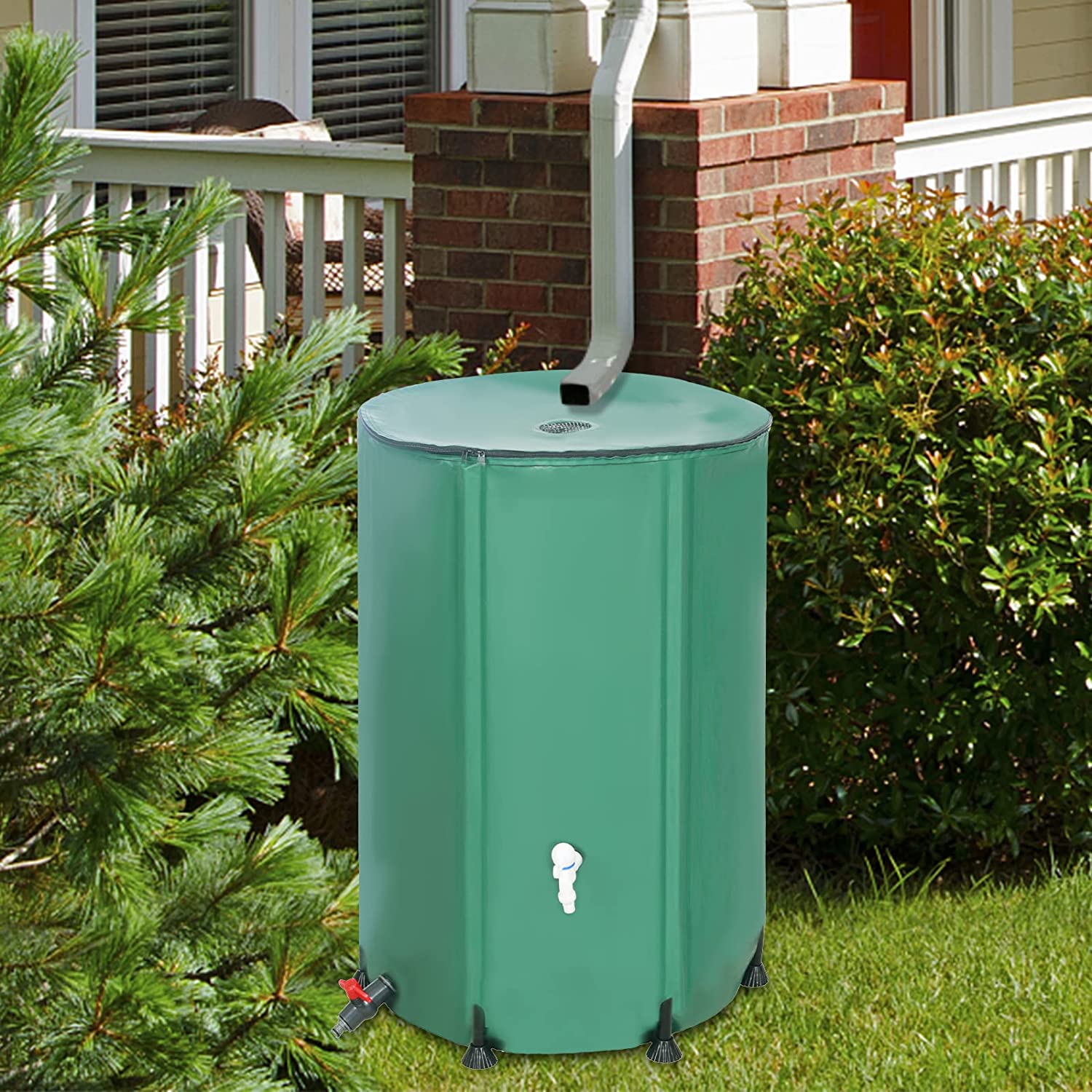
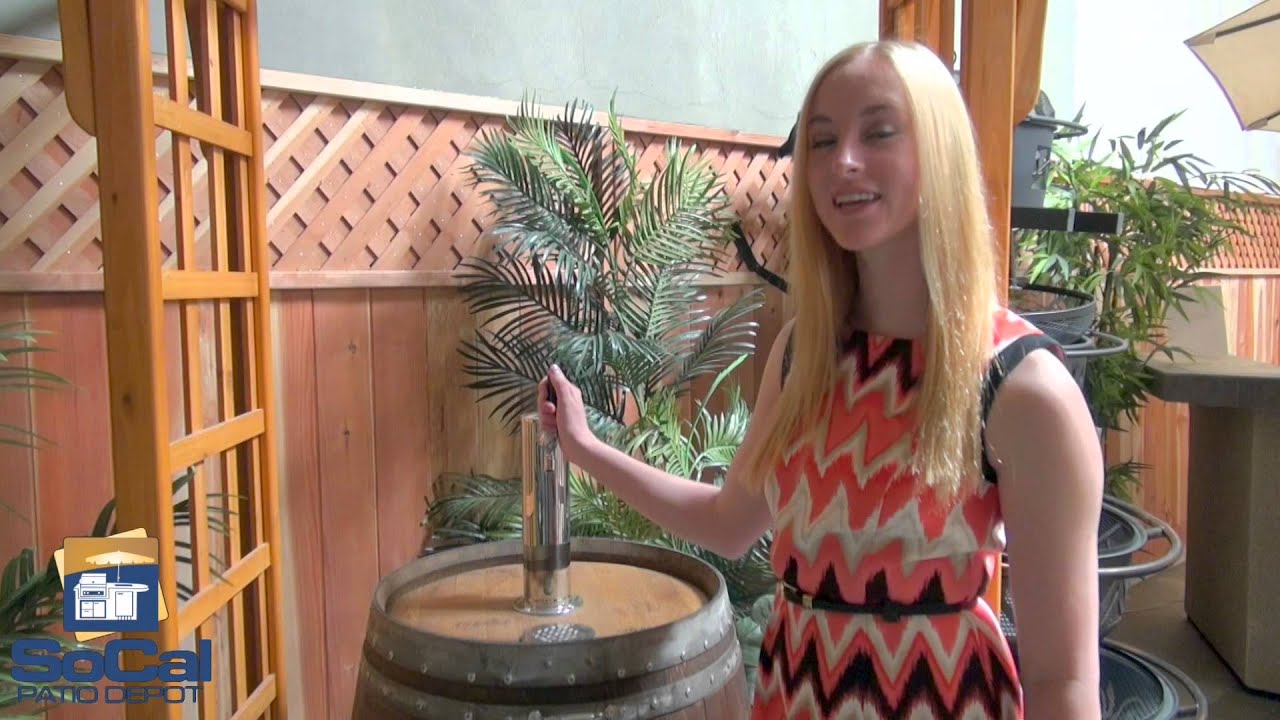
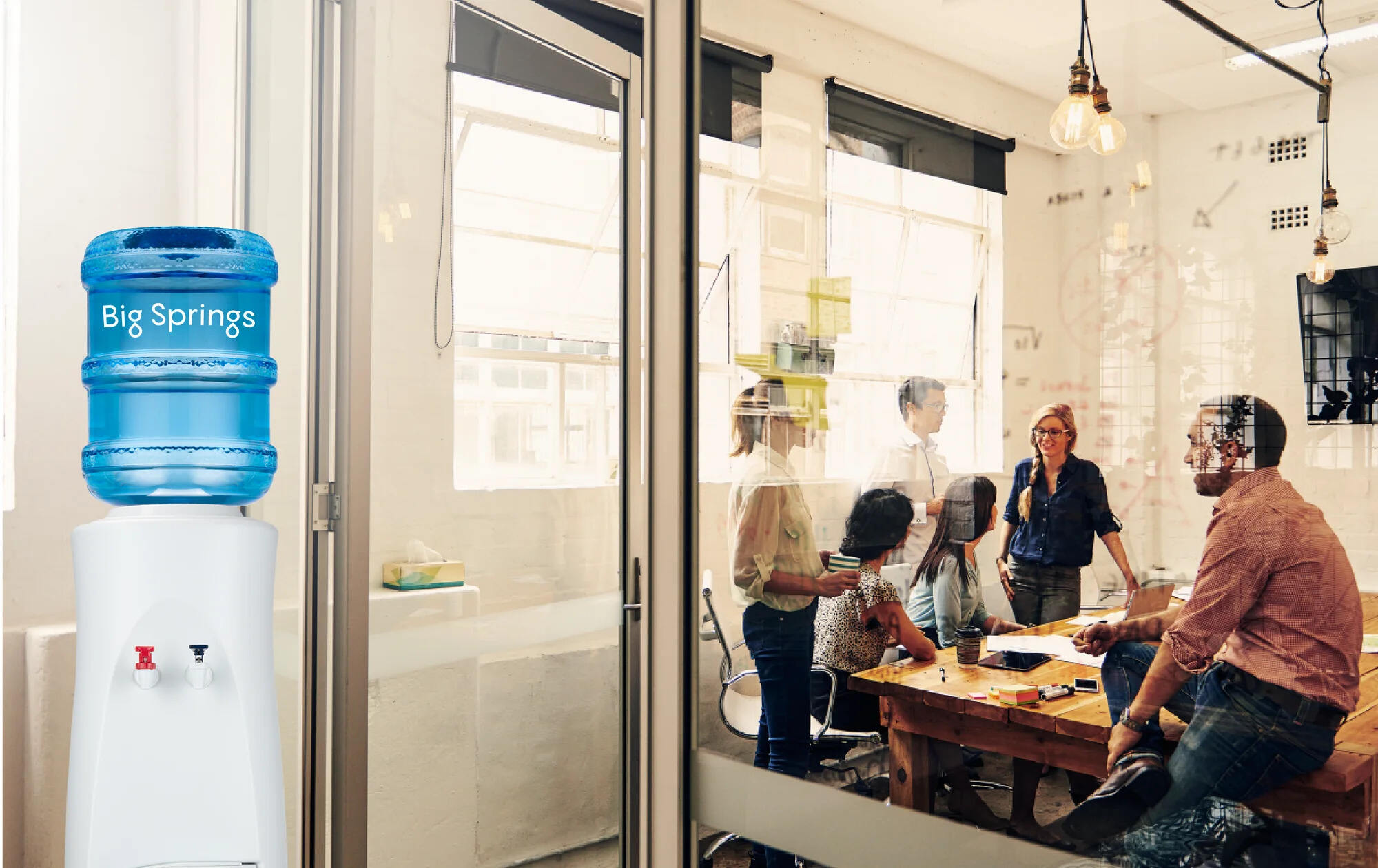
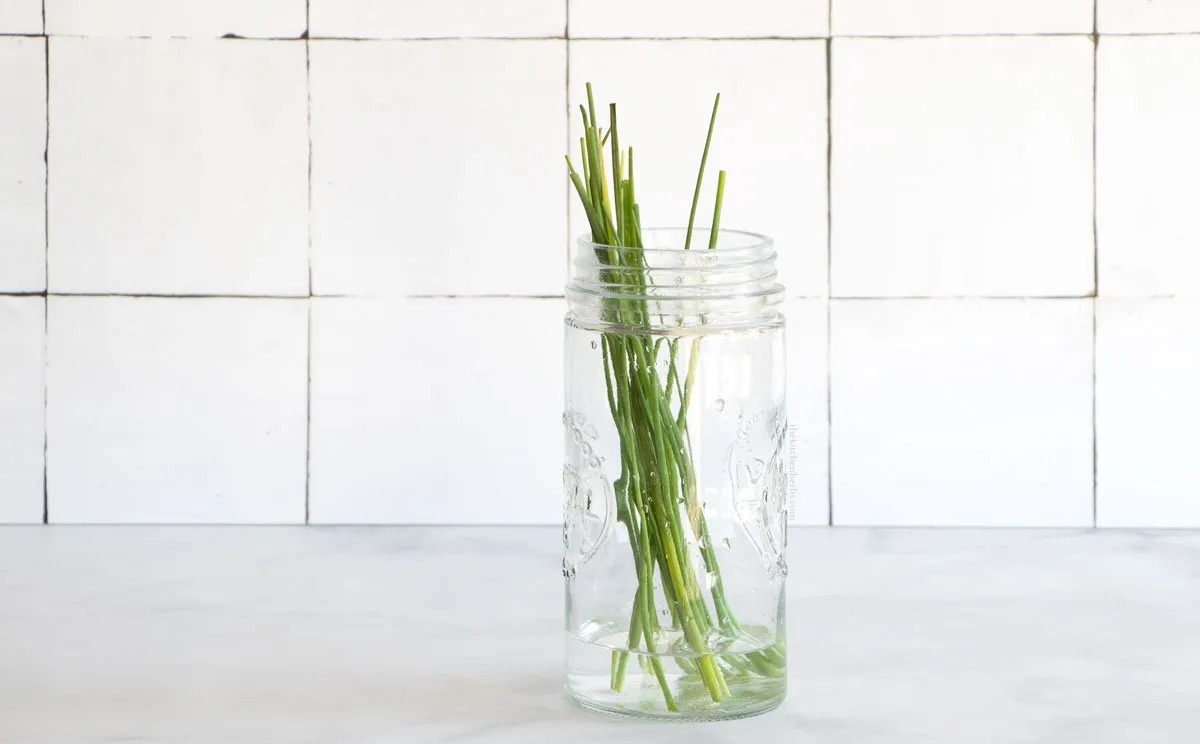
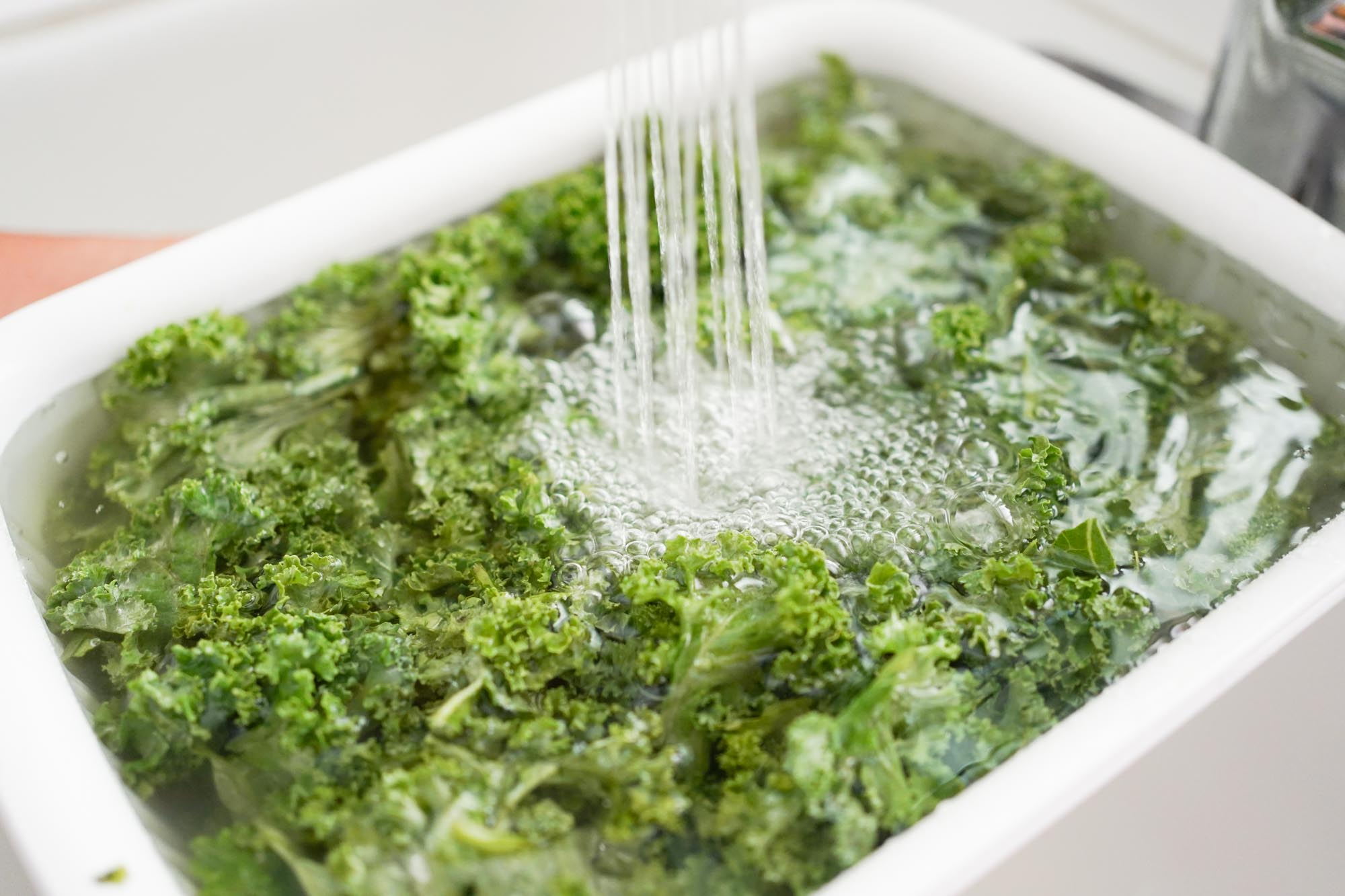
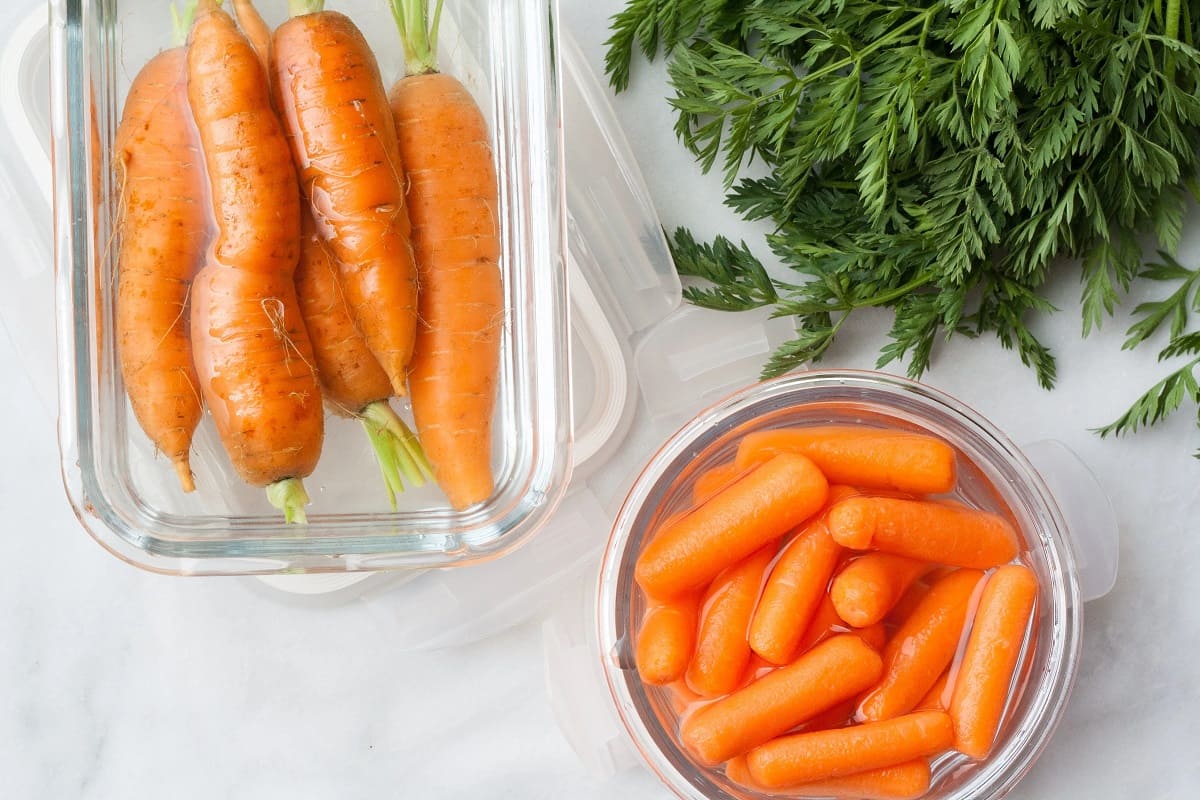
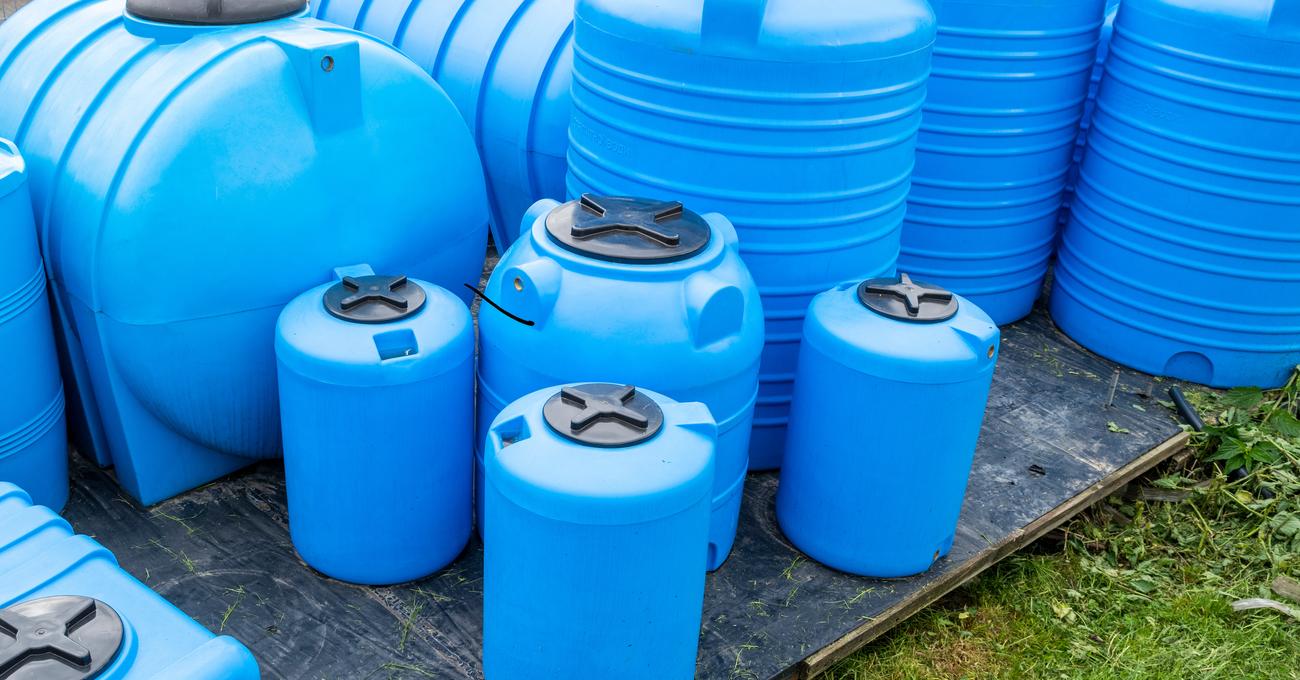
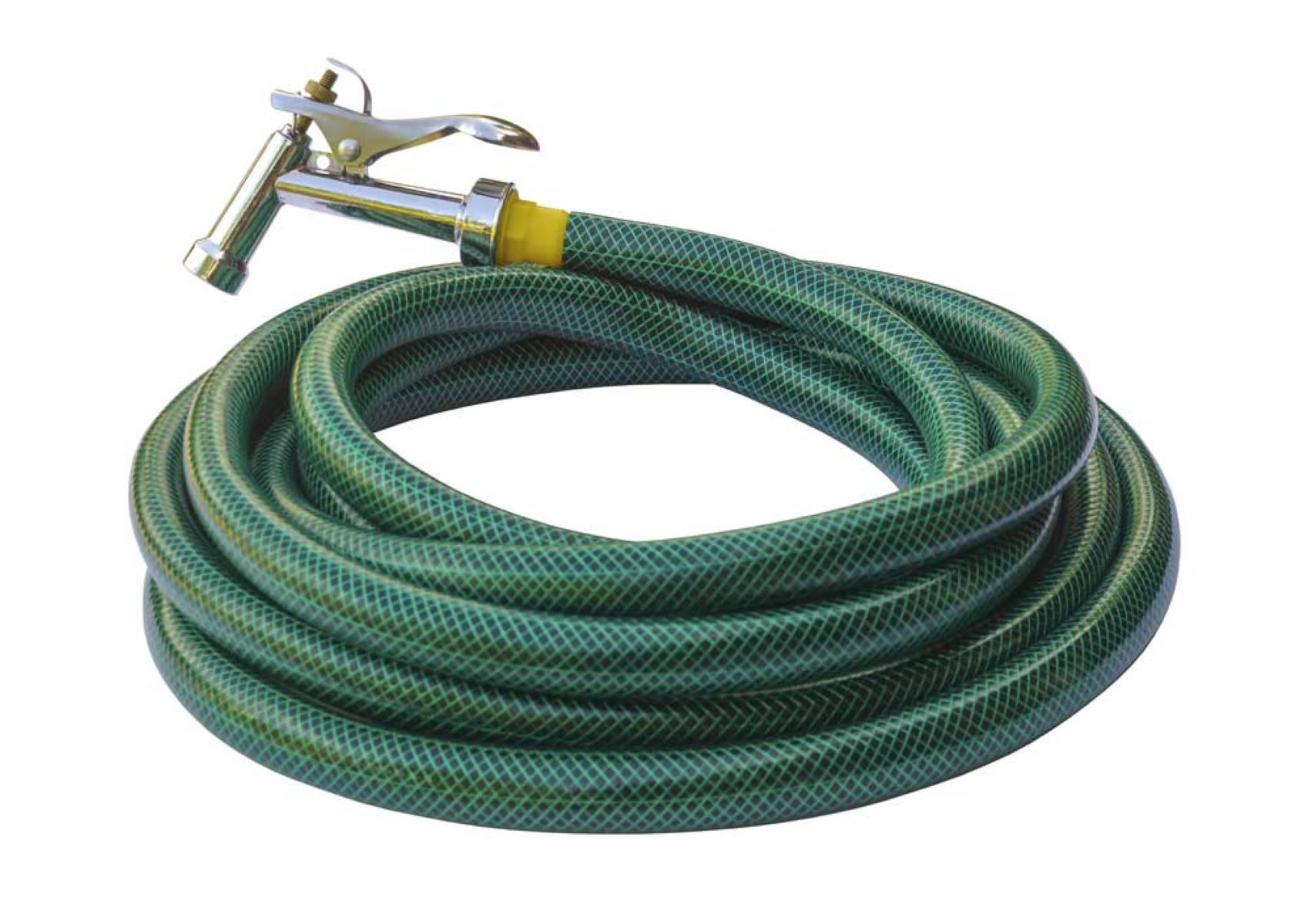
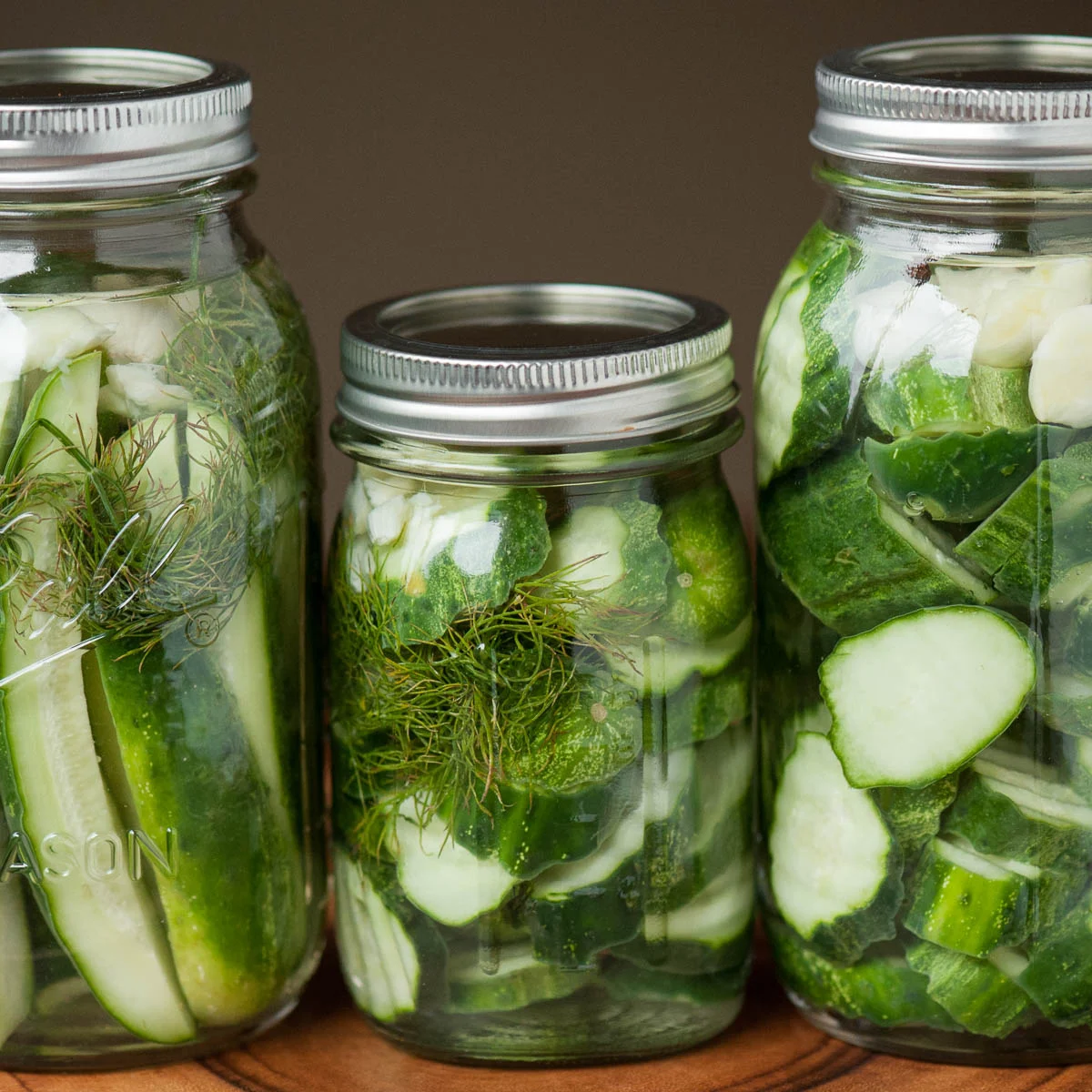
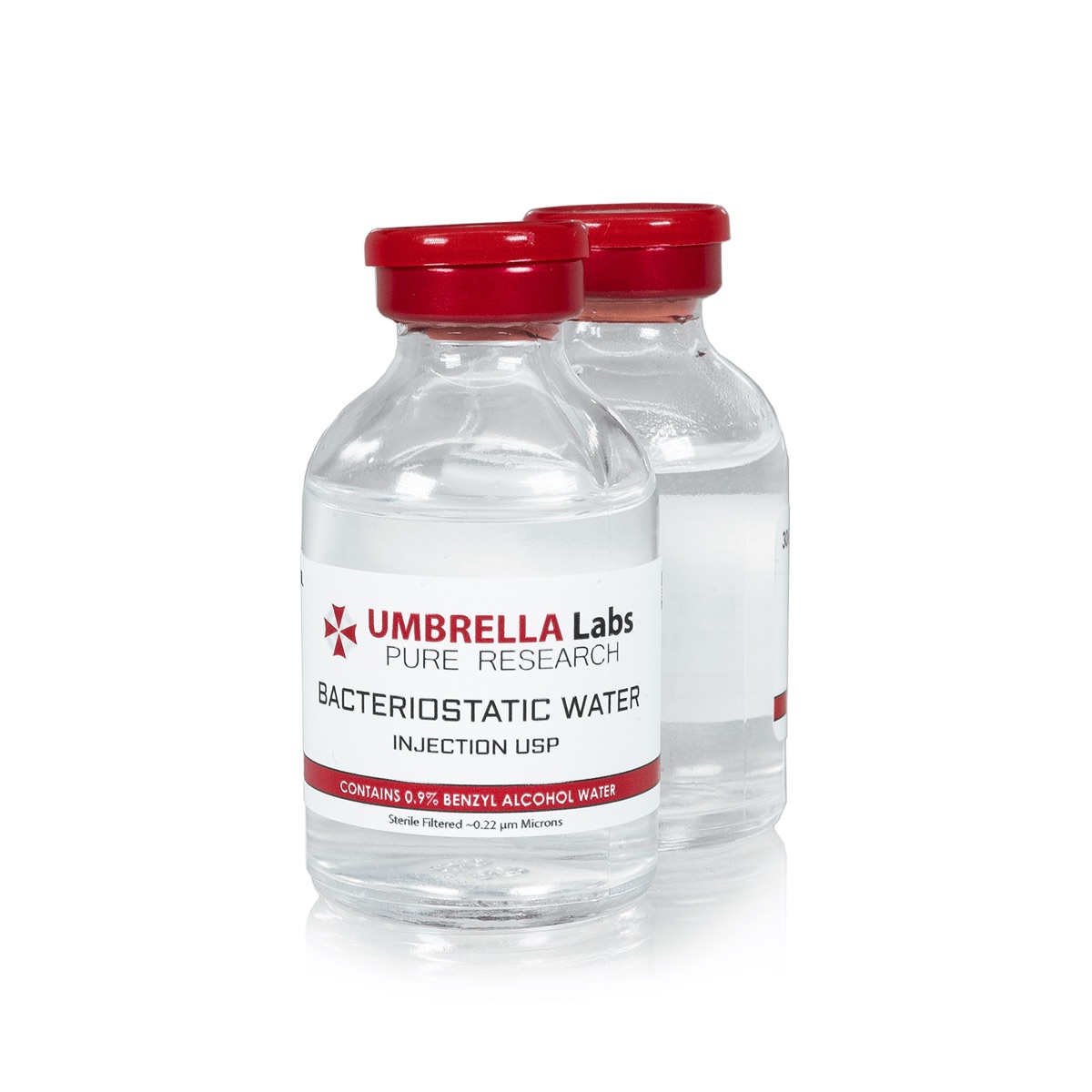
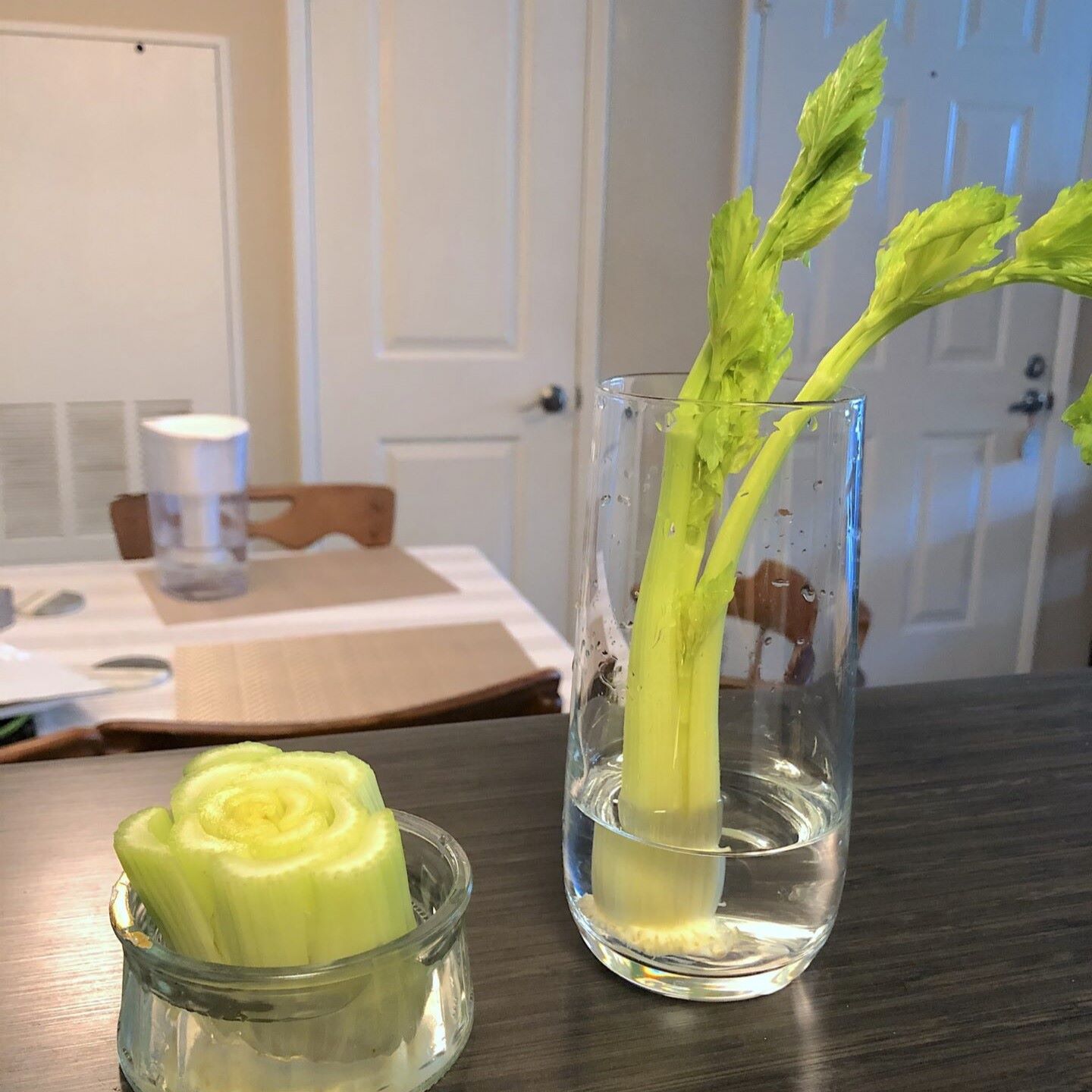
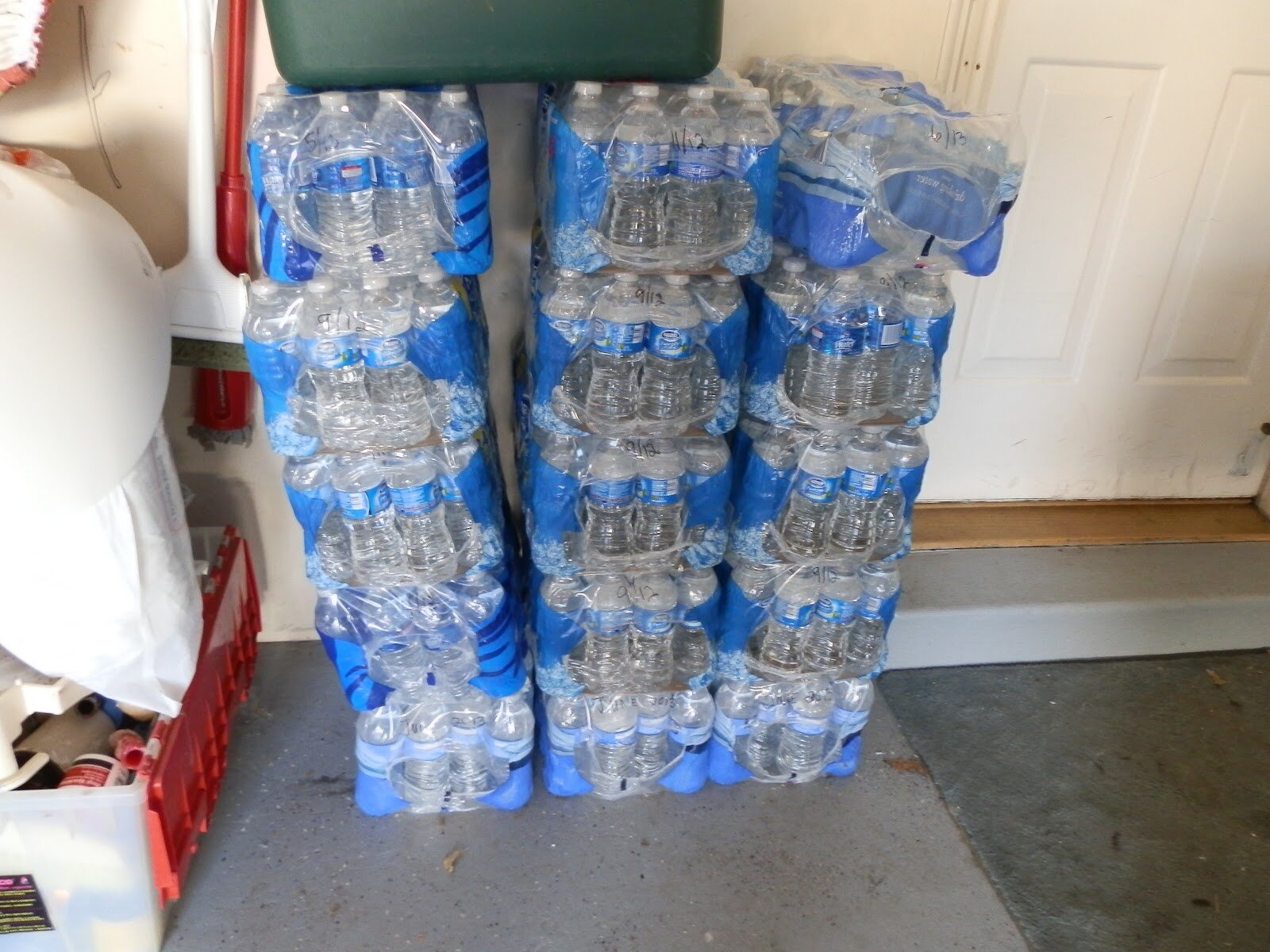
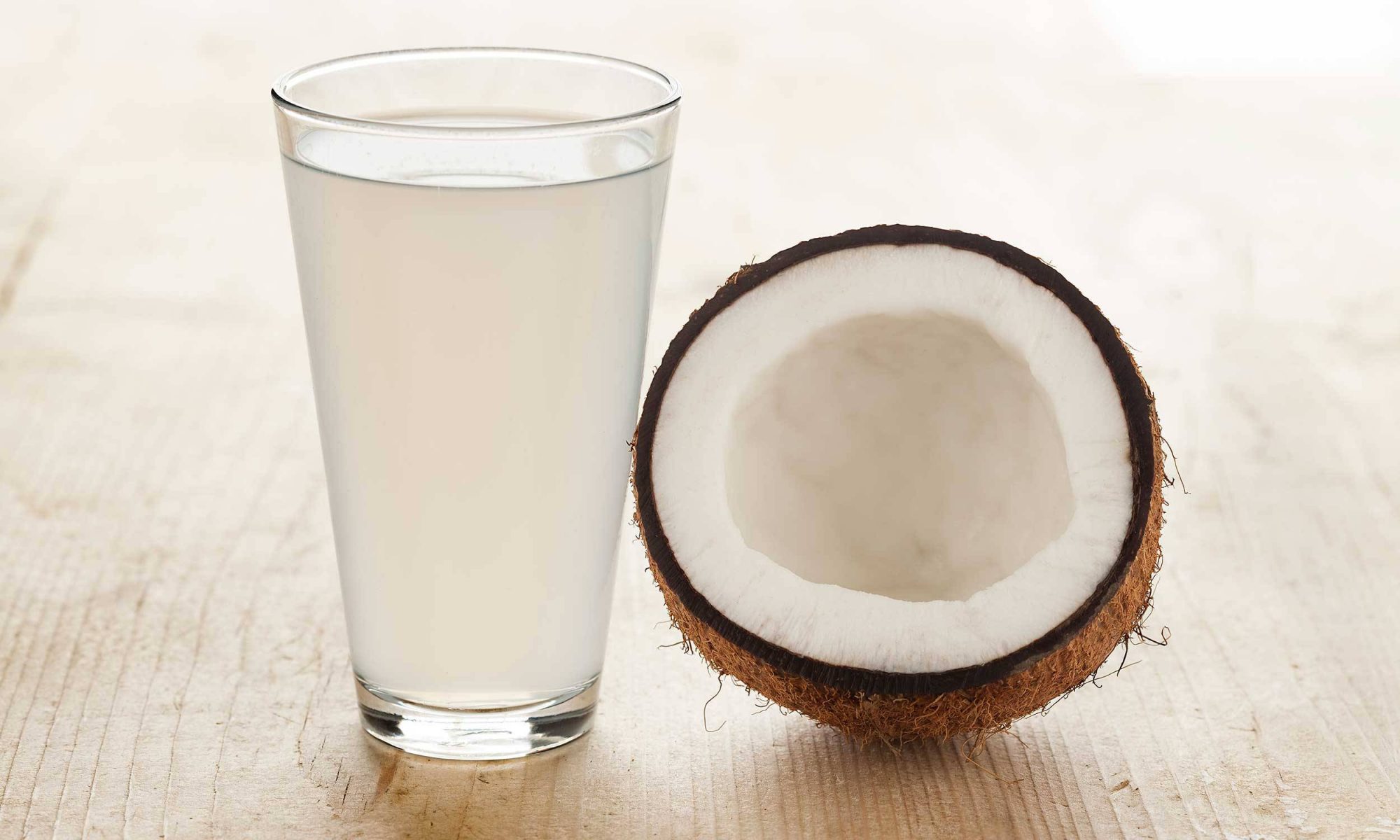
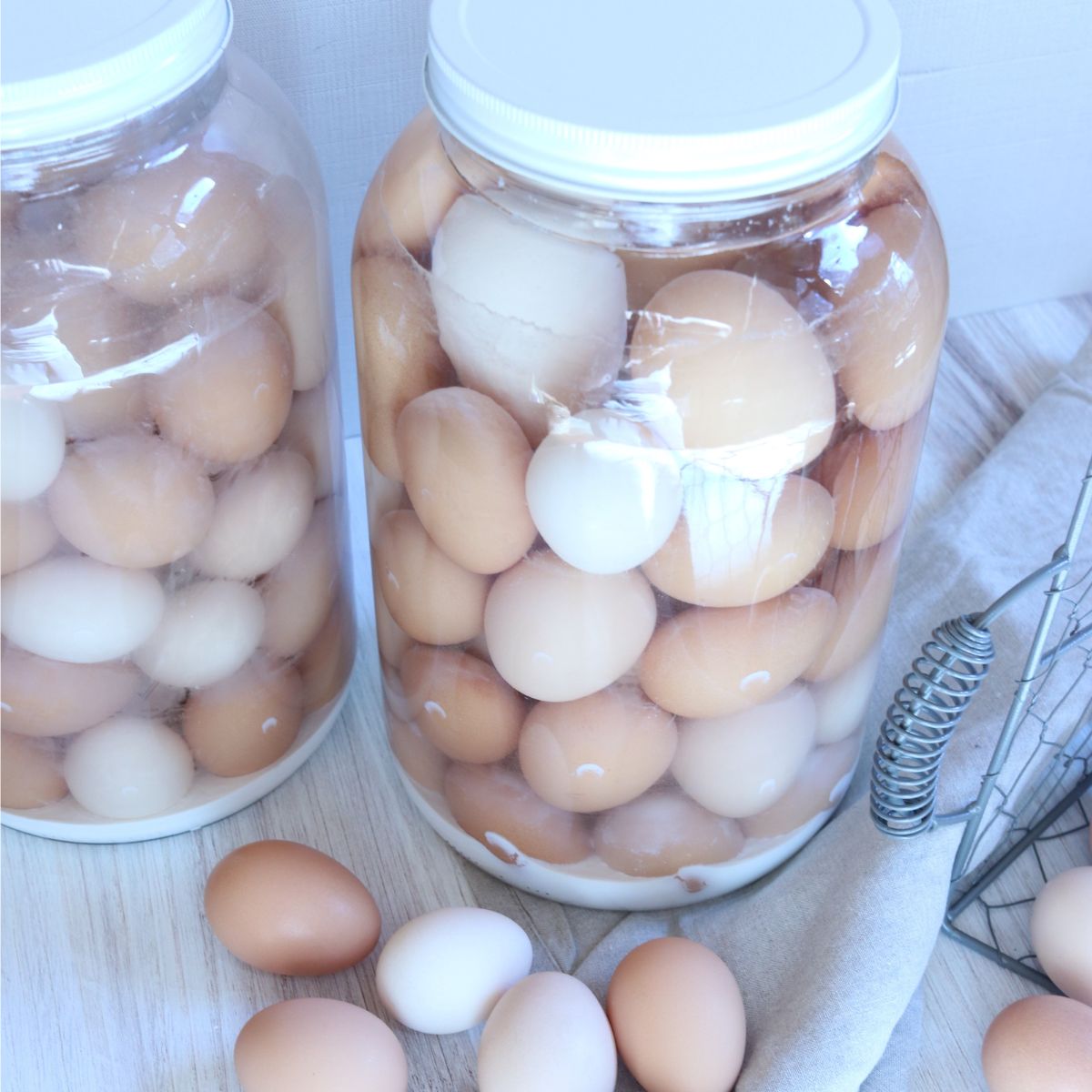

0 thoughts on “How To Store Water In Barrels”